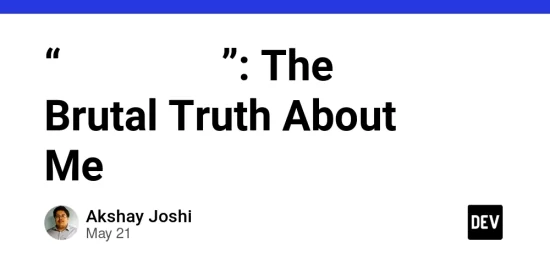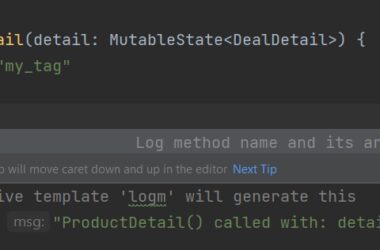I’ve started more things than I’ve finished.
And I’ve finally stopped pretending that’s okay.
There’s a Marathi phrase that haunts me:
“आरंभी शूर” — brave only at the beginning.
That’s been me.
Every few weeks, I would ignite a new initiative.
New tools. New plans. New dashboards.
Micro-revolutions in my mind.
Kickoffs filled with adrenaline and ambition.
And then…
Silence.
The energy would dip.
The chaos of daily firefighting would resume.
Distractions would win.
And the “next big thing” would remain — just that — an idea.
I wasn’t lazy. I was just undisciplined.
I wasn’t confused. I was addicted to the start.
1. Why I Started Strong
Because beginnings are easy.
They require imagination, not resilience.
They feed the ego — “Look at me, I’m building.”
Starting made me feel in control.
Finishing forced me to confront reality:
Bugs. Delays. Rework. Feedback. Accountability.
So I jumped to the next thing, chasing clarity where none existed.
2. What It Cost Me
- A backlog of 80% complete initiatives
- Loss of credibility with my own team
- Technical debt disguised as momentum
- Incomplete loops in validation, delivery, and feedback
- And most painfully — a reputation for “getting things started”
But never enough for “getting things done.”
3. Code, Culture, and Closure
I prided myself on innovation. But what I needed was consistency.
I wanted to scale. But what I lacked was closure.
Code went unchecked.
PRs got merged just to move forward.
Tasks weren’t validated, feedback wasn’t mapped,
and quality was sacrificed at the altar of “done for now.”
This isn’t just a workflow issue.
This is a me issue.
4. What I’m Doing Now
I’ve decided to break this cycle.
- No new initiatives until old ones are closed.
- No task is “done” until validated, tested, and documented.
- No PR is merged unless reviewed — fully, fearlessly.
- Daily logs, closure reports, and personal audits.
- Not for the team. For me. To remind myself:
Shipping > Starting. Always.
This post is not a motivational speech.
It’s a confession.
It’s a correction.
It’s a line drawn in code and blood and time lost.
I am the bottleneck.
And now I’m debugging myself.
No more आरंभी शूर.
From this point, it’s about one thing:
Finish what I start.








